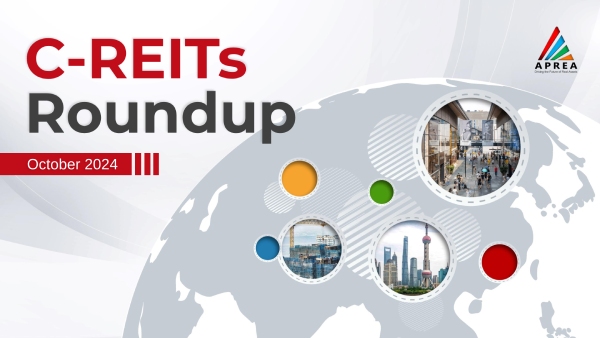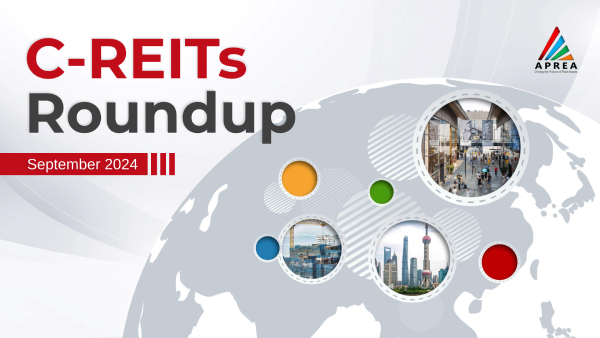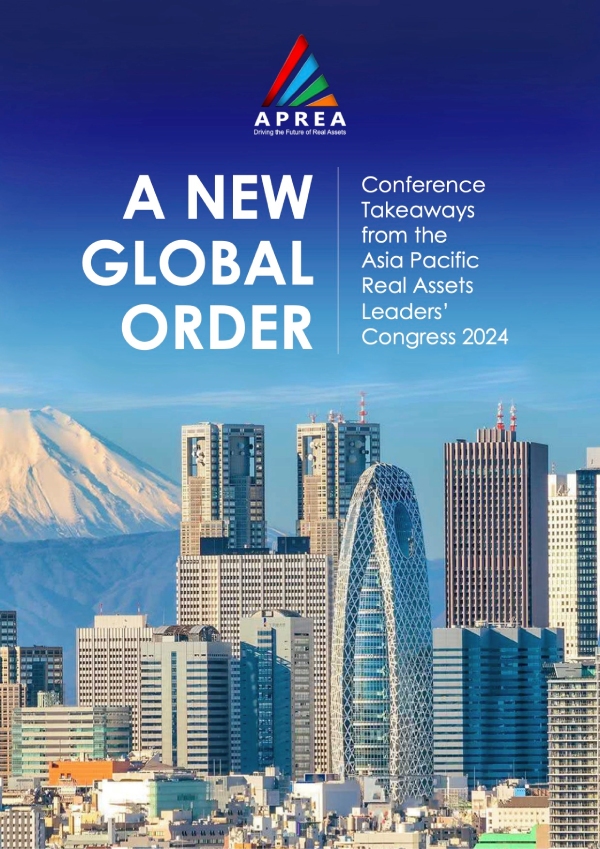
Stay ahead of the curve with APREA's exclusive monthly update tracking the performance of China REITs.
APREA C-REITs Roundup provides the latest info and developments in C-REITs. Available for APREA members only, this important resource is your key to navigating the landscape of C-REITs.
Download the Report Read More
Stay ahead of the curve with APREA's exclusive monthly update tracking the performance of China REITs.
APREA C-REITs Roundup provides the latest info and developments in C-REITs. Available for APREA members only, this important resource is your key to navigating the landscape of C-REITs.
Download the Report Read MoreAPREA's flagship event, the Asia Pacific Real Assets Leaders' Congress, highlighted Asia’s growing importance as a prime investment destination amidst global macroeconomic shifts.
Key points:

CBRE professionals in Asia Pacific note that investment activity in the region is strengthening as interest rate cuts commence.
Continued cap rate expansion is expected across most markets in Asia Pacific, with cap rates in Australia showing signs of peaking, and Japan remaining stable. Core assets are expected to exhibit greater resilience over the next six months.
Other key highlights from the survey include:
Please find below the rebalancing results (effective 23 December 2024 start of trading) for the:
GPR/APREA Investable 100 Index
Read More